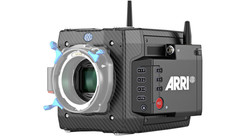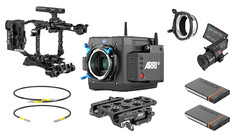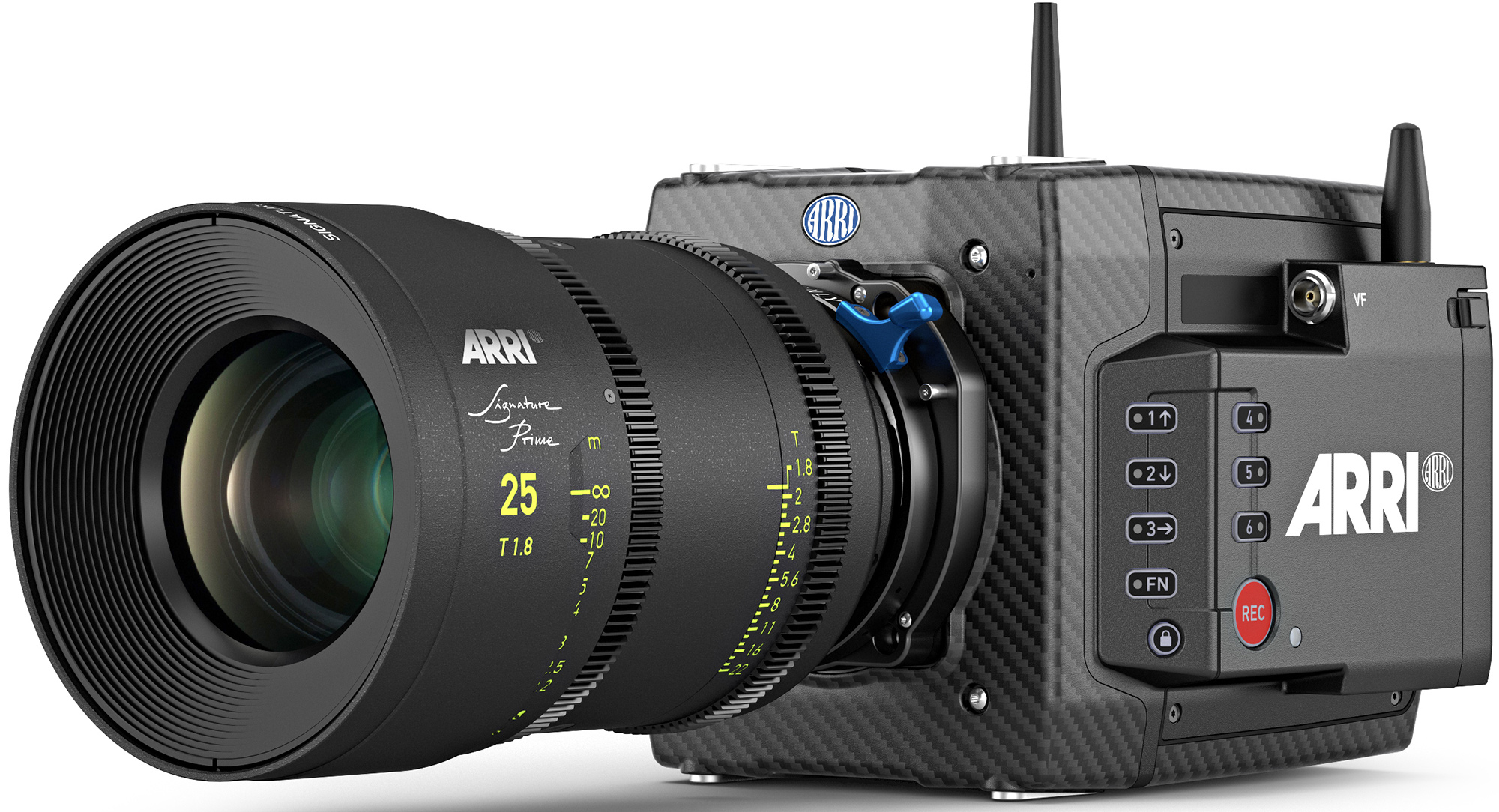
Why HDR?
HDR represents a new chapter in the visual vocabulary of motion content, allowing for the reproduction of an expanded brightness range as well as greater color saturation. Since the advent of the HDTV (Rec. 709) standard in the 2000s, we’ve had to contend with some shortcomings—limited dynamic range, on the order of 7 stops in the real world, as well as essentially the sRGB color space—even as cameras rapidly increased both their native dynamic range and color gamut. Displays, likewise, quickly outstripped these Rec. 709 underpinnings and became capable of increased brightness and saturation, although without a standard to govern how the increased brightness and color should be displayed.
HDR is all about light. Specifically, it’s all about nits. A nit is the colloquial shorthand for the standard unit of illuminance: candelas per square meter or cd/m². For our purposes, cd/m², or nits, describes the brightness output of a display device, such as a professional monitor, consumer television, computer monitor, tablet or phone. If a display’s maximum brightness can exceed 100 nits, ideally by a factor of 3-10x or more, it can be said to have the basic ingredients for HDR. As well, HDR is associated with an expanded color gamut, and any display targeting HDR content should be able to reproduce 90+% of the DCI-P3 color space and 70% or more of the REC2020 color space, both vastly larger than the limited gamut of Rec. 709.
Note: Images above are simulated examples.
Why ALEXA Mini LF?
Enough about displays, what makes the ALEXA Mini LF so well-suited to an HDR finish? All ARRI digital cinema cameras introduced since the original ALEXA in 2010 have had the capacity to capture images well-suited to an HDR finish. The dynamic range seen by these cameras greatly exceeds the dynamic range typically reproduced by displays. However, the same could be said for a number of other digital cinema cameras.
The ALEXA Mini LF's full format (aka full frame) sensor, dubbed ALEV III A2X, which it shares with the full-size ALEXA LF, measures 36.7mm x 25.54mm, and represents a 50%, or more increase in light gathering capability over the ALEXA Mini’s Super35-format sensor (at 28.25mm x 18.17mm), just as a matter of surface area. In addition to this, the Mini LF comes outfitted with ALF-2 format ‘looks’ (available as 3D LUTs as well) that apply HDR output transforms to allow monitoring of the camera feed on HDR displays. Additionally, we’ve also observed very low noise in properly exposed footage from the Mini LF.
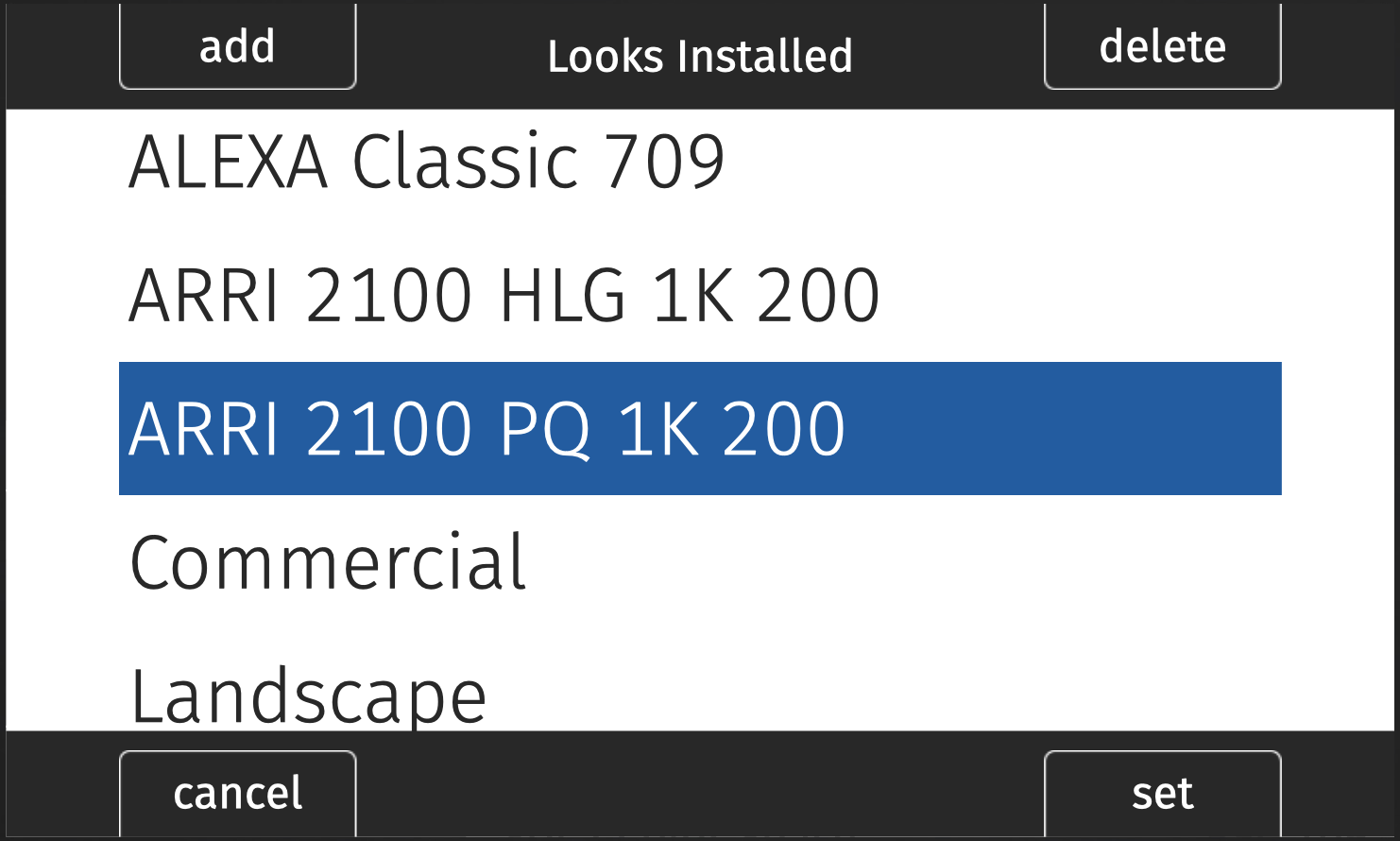
In the image above, from ARRI’s ALEXA Mini LF menu simulator, you can see the HLG and PQ versions of these monitoring transforms. HLG is a broadcast-focused HDR approach developed by the BBC and Japan’s NHK organizations. It is suited for live broadcasts (where there isn’t time to encode multiple streams targeting different display brightness levels and other capabilities) and is backwards-compatible with legacy Rec. 709 displays with maximum brightness capped below the level required for HDR.
The option highlighted above uses the Perceptual Quantization (PQ) brightness curve, which is similar to logarithmic brightness curves like ARRI’s own Log C but more closely mimics the human eye’s response to brightness. 2100 is the international specification broadly describing HDR capabilities and will be rolled out with the planned, forthcoming ATSC 3.0 standard for terrestrial digital broadcast of UHD and HDR content. You may have heard of Rec. 2020 being used previously to describe standards for HDR overall, but Rec. 2100 now encompasses both the Rec. 2020 color space as well as other aspects of HDR signals.
1K refers to the maximum nit (or cd/m²) value capable of being reproduced by the on-set HDR monitor. Displays such as Sony’s dual-layer LCD BVM-HX310, OLED BVM-X300 (now discontinued) and forthcoming PVM-X2400, as well as the Flanders Scientific XM311K are well suited to monitoring with this transform with the appropriate EOTF selected in the display’s menu. The PQ curve was originally ratified by SMPTE as ST.2084, so you’ll often find the appropriate EOTF labeled as such in display menus associated with this output transform. Finally, "200" refers to the diffuse white level, also in nits, and is the point at which the expanded highlight brightness of HDR "kicks in" on HDR displays. Above 1,000 nits, this transform also gently rolls off highlight information (since ARRI cameras are capable of capturing far more information than can be displayed on even the highest-end mastering displays), rather than "hard clipping" which could be awkward for a DP while monitoring on set.
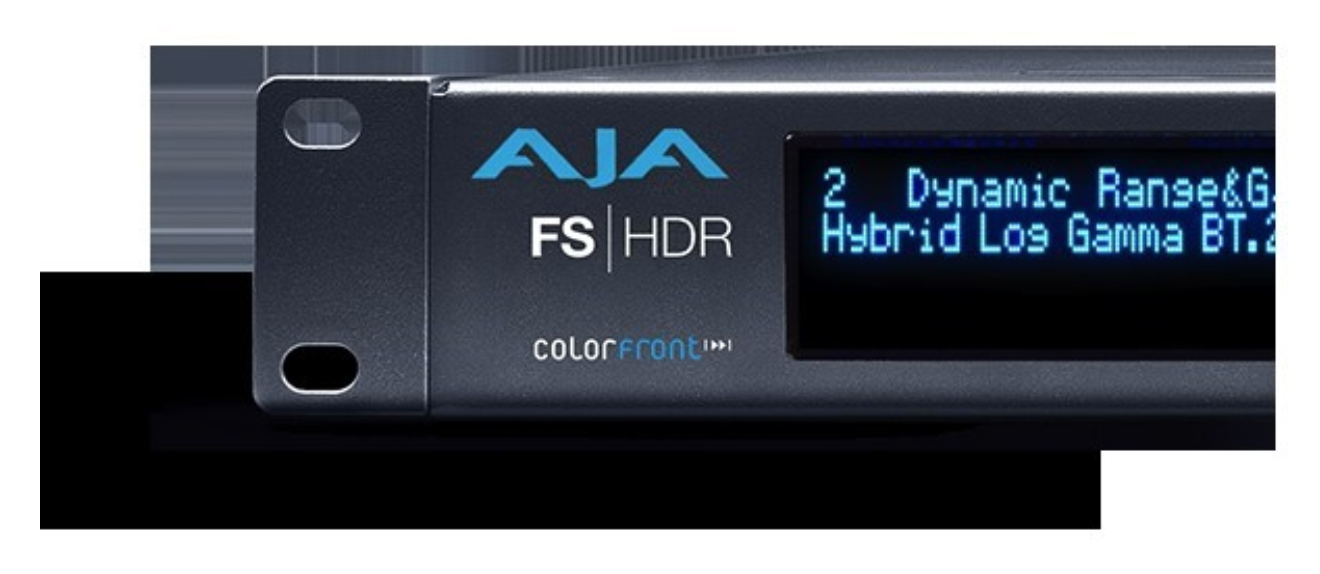
Another popular option for on set HDR monitoring is the full-featured FS-HDR from AJA. This is an HDR ‘frame sync’ device in a 1U rack mount enclosure that is capable of up, down and cross-converting SDR and HDR signals to a wide range of output formats. Of special note when used with ARRI cameras, the FS-HDR implements Colorfront’s excellent set of output transforms, which act upon a clean Log C output from the Mini LF. It utilizes, among other options, Colorfront’s Film Engine, which uses Log C and the Rec. 2020 color space as an interim, or ‘grading’, space, allowing for the application of the (excellent) film and broadcast looks associated with Colorfront’s Express Dailies and Transkoder products. The FS-HDR can also act as an HDR ‘LUT box’ and, in conjunction with the Colorfront plugin for Pomfort LiveGrade, can even allow for live grading of the camera’s HDR signal on set for later reapplication to dailies or transcoded edit media, preserving the DP and director’s creative intent throughout the project’s lifecycle.
Why Now?
There has never been a better time to start exploring the world of HDR, whether for your own edification, your resume, or in preparation for a new project that may require an HDR finish. The Mini LF, in addition to recording and outputting a truly stellar image whether in SDR or HDR, is an excellent choice for interfacing with the new tools and equipment required during these early days of the transition from the well-known Rec. 709/SDR distribution and display standard to the HDR-enabled future of Rec. 2020. In the coming years, we likely won’t be thinking so much about the alpha-numeric soup of HDR, ST.2084, Rec. 2020 and nits and will think of this emerging group of standards as, merely, “the way we shoot now.”
Note: The above video was mastered in HDR10 and should appear in HDR when played on HDR televisions and other compatible displays; non-HDR displays will stream an SDR version.











